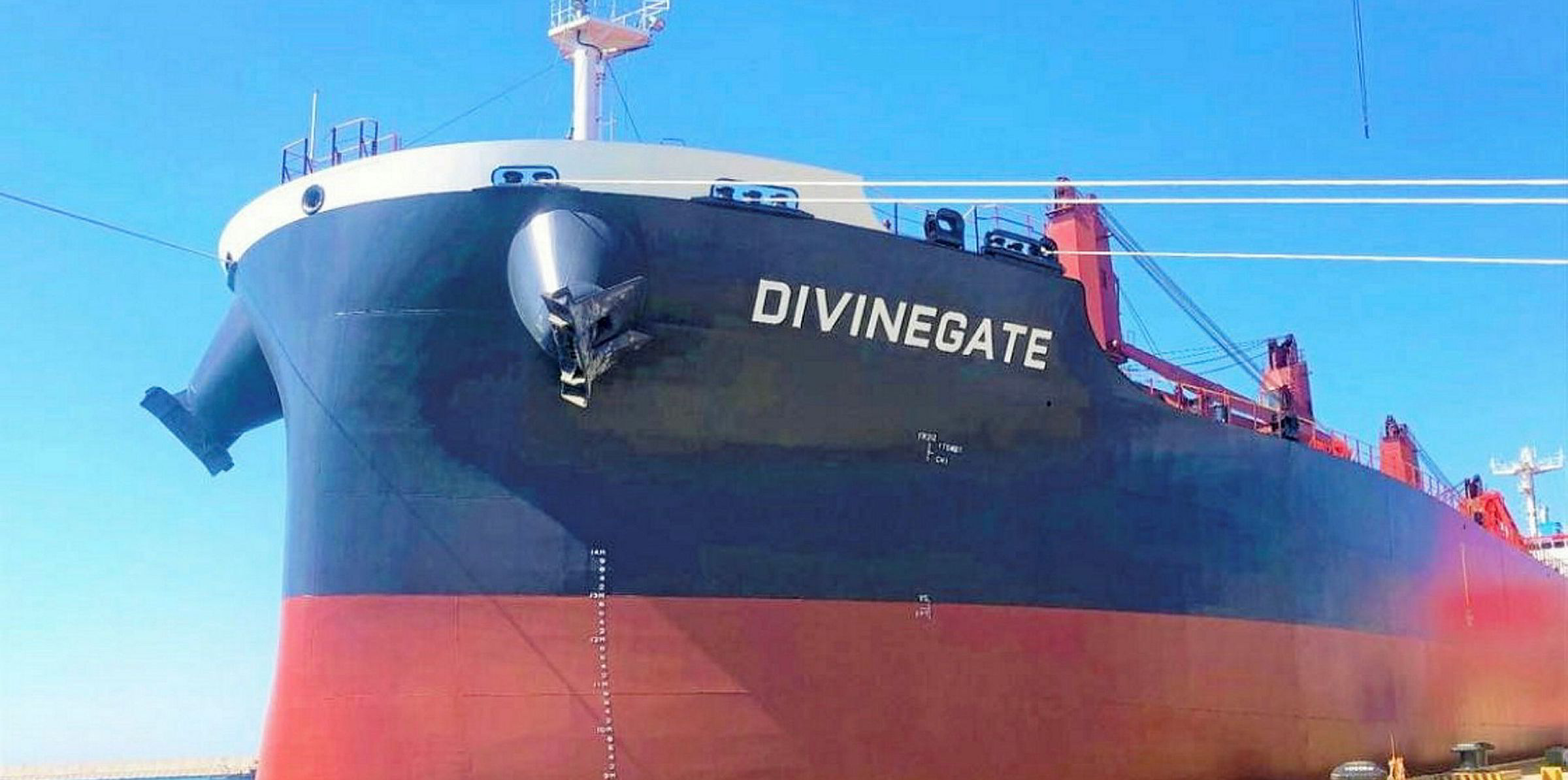China’s worst floods in recent decades are disrupting water transport in the Yangtze River and pushing up coal demand, according to China Ports & Harbours Association.
Weeks of heavy rains have resulted in deluges across large swaths of central and eastern China, forcing millions of people to be evacuated as river water levels approach record highs.
In a research note, the industry group of China ports said: “The floods are affecting ports and shipping in the Yangtze River. Vessels could not sail in some sections as water levels continue to increase.
“Some ports had to be closed because water levels were too high.”
Cargo throughput at Nanjing, Wuhan and Chongqing — three of the largest terminals in the Yangtze — fell 4.9% between 1 and 10 July from the same period of 2019, figures provided by the association showed.
With torrential rain set to last in summer, China's Ministry of Water Resources has raised the emergency response for flood control to the second-highest in the response system, according to state-owned Xinhua news agency.
“The severe floods in the Yangtze are hitting output from hydropower. As summer is the peak demand season for electricity, demand for thermal coal for power generation is to rise,” the port association said.
Beijing has reportedly required Chinese power plants to use more domestic coal amid diplomatic tension with Australia, one of the top coal suppliers to China, and efforts to revive Chinese producers.
Customs data cited by some media outlets showed China imported 25.3m tonnes of coal in June, down 6.7% from the same period last year.
But the association suggested the trend could be reversed soon.
“The domestic coal supply is tightening as major producers are limiting spot supply. As coal prices in China are still rising, there are growing calls for relaxation of import restrictions,” it said.
Gradual recovery
Overall, throughput at Chinese coastal ports continue to rise as the country recovers from the coronavirus pandemic.
Data from the association suggested total cargo volume at the main Chinese ports was up 12.1% between 1 and 10 July over the corresponding period last year, with more imports of crude and ore products.
Container throughput at the top eight ports gained 3.4%.
“We noted double-digit growths in Xiamen and Guangzhou. Demand has enjoyed moderate expansion and containership operators take further steps to reduce blank sailings, especially on the Asia-US West Coast routes,” the association said.
“But the clearance time for frozen products has increased in general as the customs authorities take more time to check imported meat due to coronavirus concerns.”





